Squash bugs are very similar to stink bugs, but are slightly thinner and shorter (ie. stink bugs are more round). They are roughly an inch in length and are known as shield bugs.
Squash bugs will attack practically all summer and winter squash varieties, though they favor certain types of squash and pumpkins over others.
Once squash bugs have invaded your garden, they are a pain to get rid of. Walking out to your garden and seeing your gorgeous squash plants wilting and on the ground can be a depressing sight.
So, the question is, what’s the best way to naturally eliminate squash bugs from your garden?
Pick out the bugs and eggs by hand
The best defense against squash bugs has always been and will always be this. Doing it yourself is the most effective method for eliminating squash bugs.
Mornings and evenings are the best times to go through your plants, take off any adult bugs you discover, and drop them into the soapy water.
The adults of squash bugs can typically be discovered on the undersides of the leaves, particularly the lower leaves that are touching the ground.
On the undersides of the leaves, in neat rows, you will find eggs of bright golden color. These eggs should also be scratched off and discarded.
Avoid damaging the leaves as much as possible. Squish them, brush them into your soapy water, or peel them off with really sticky tape. This is an ongoing task, and your squash plants will die if you neglect them.
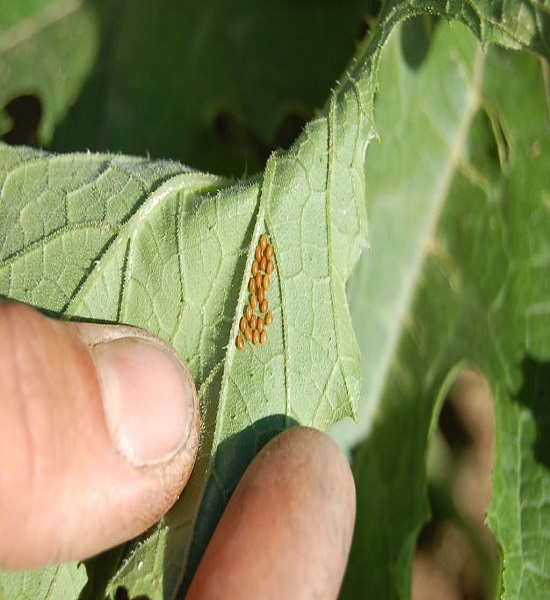
Companion plant
Planting plants known to repel insects is another method for reducing the population of squash bugs in your garden. The nasturtium and white icicle radish are two of the most popular plants used to deter squash bugs.
For the best results, plant them all over your squash beds. Squash pests can be kept at bay with the help of companion plants like oregano, marigold, calendula, and dill.
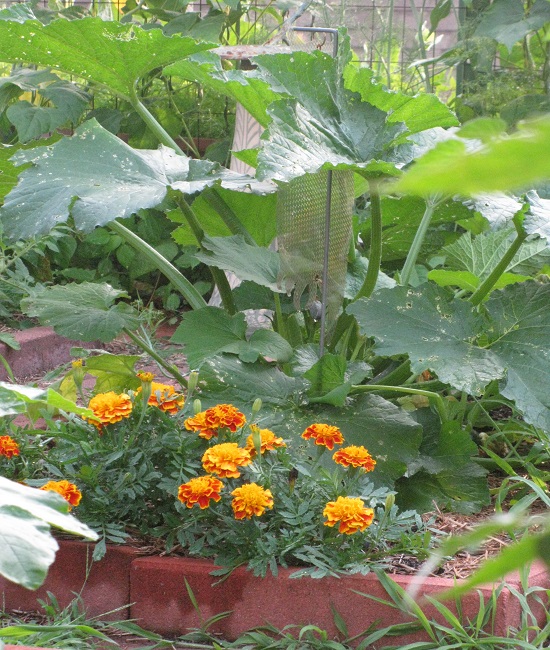
Draw in beneficial insects
Most insecticides, including those marketed as “organic,” fail to distinguish between beneficial and harmful insects. Among these are bugs like the Tachinid Fly, or Trichopoda pennipes.
Squash bug populations can be greatly reduced with the help of this tiny fly. Female flies lay their eggs on adult squash bugs; once the eggs hatch, the flies burrow into the host and feed on its flesh, eventually killing it.
The Tachinid Fly can be lured to your squash plants with the help of dill or calendula because of the pollen and nectar they provide.
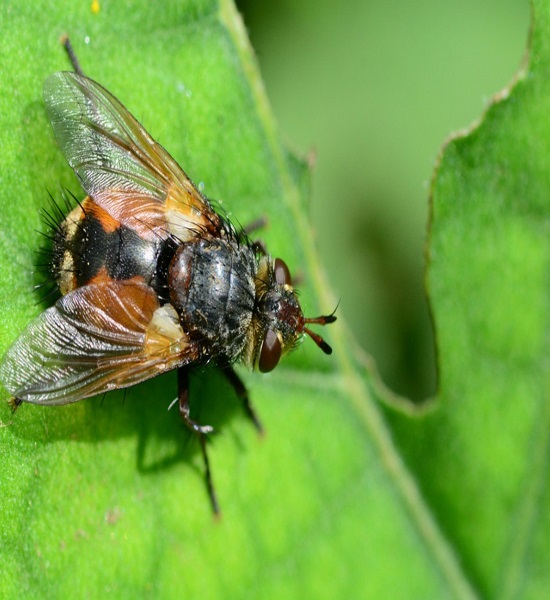
Diatomaceous Earth
Ground-up diatoms form the powder known as “diatomaceous earth.” The method involves cutting tiny holes in the insect’s exoskeleton, which causes the bug to dehydrate. They come in either food-grade or industrial-grade varieties. For your gardening and insect control needs, you should always go for the food-grade variety. Simply apply a thin layer of diatomaceous earth around the plant’s base. If it gets wet, it stops working, so you’ll have to reapply as needed.
When it comes to nymphs, these are the ones that typically cause the greatest damage because they lack a tough exterior.
Avoid getting DE on the flowers, since it will kill both squash bugs and beneficial insects like bees, ladybugs, and Tachinid flies. Use caution when interacting with it.
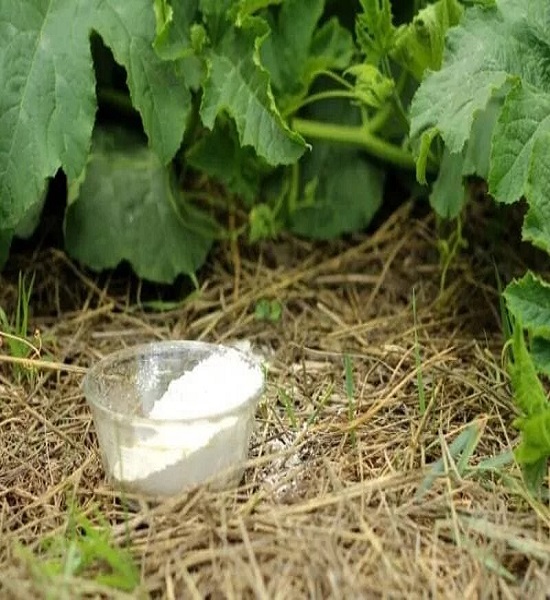
Watch your mulch
Mulch around your plants is a favorite hiding spot for squash bugs since it offers them protection from the elements.
If you must mulch, avoid doing so at the plant’s base, or use an alternative method such as plastic sheet mulching.
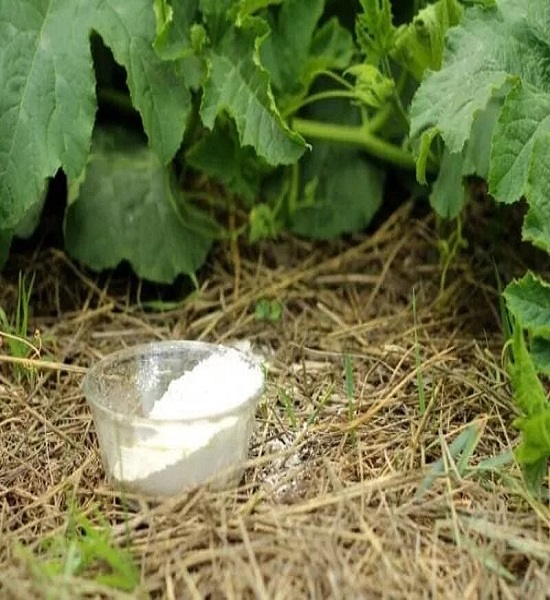
Plant too many squash plants
You’ll have more to go around if you grow more plants. Plant more seeds than you think you’ll need, and if the squash bugs win, it won’t be quite so bad. Also, you can try growing butternut squash and other cultivars that aren’t favored by squash bugs.
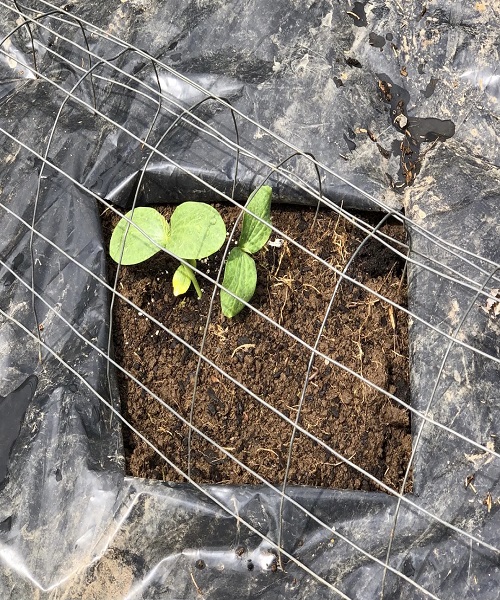
Soap Spray
Soapy water can be used as an insect spray. The typical ratio is 1 tablespoon per gallon. Use a detergent, such as castille soap or dish soap like Dawn.
Combine the soap and water in a spray bottle and use it to kill any insects you come across. After washing your plants with soap, you may wish to water them to remove the soap from the leaves.


